
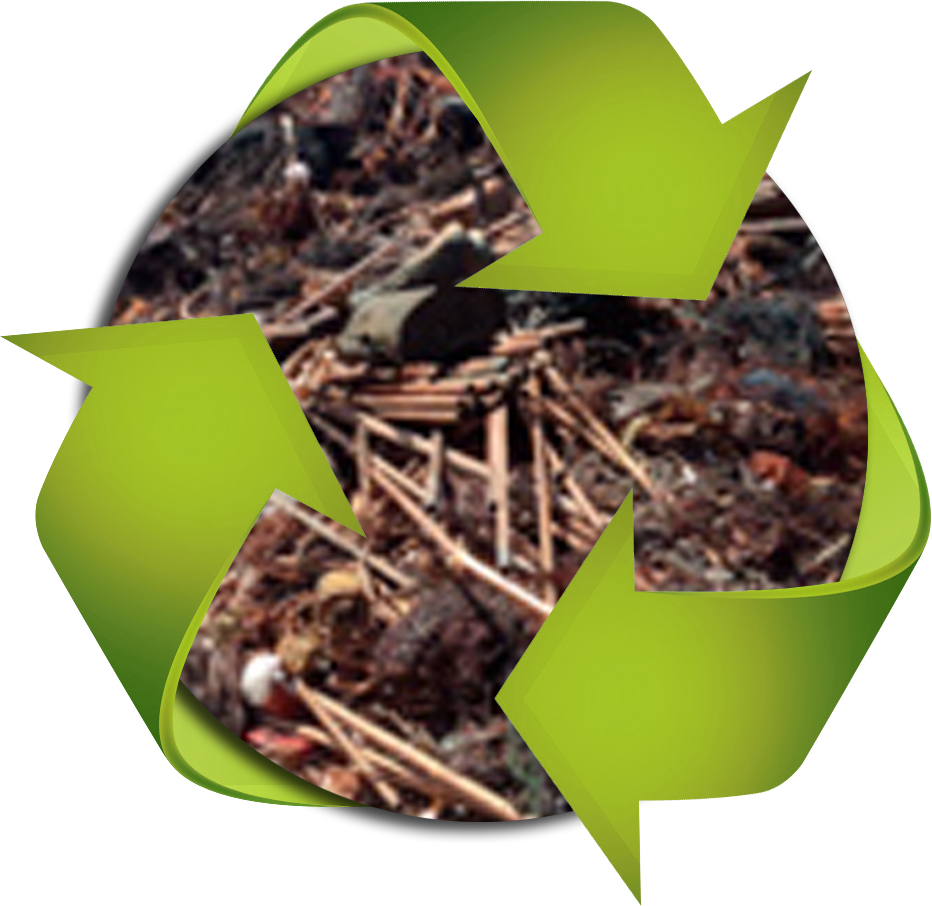
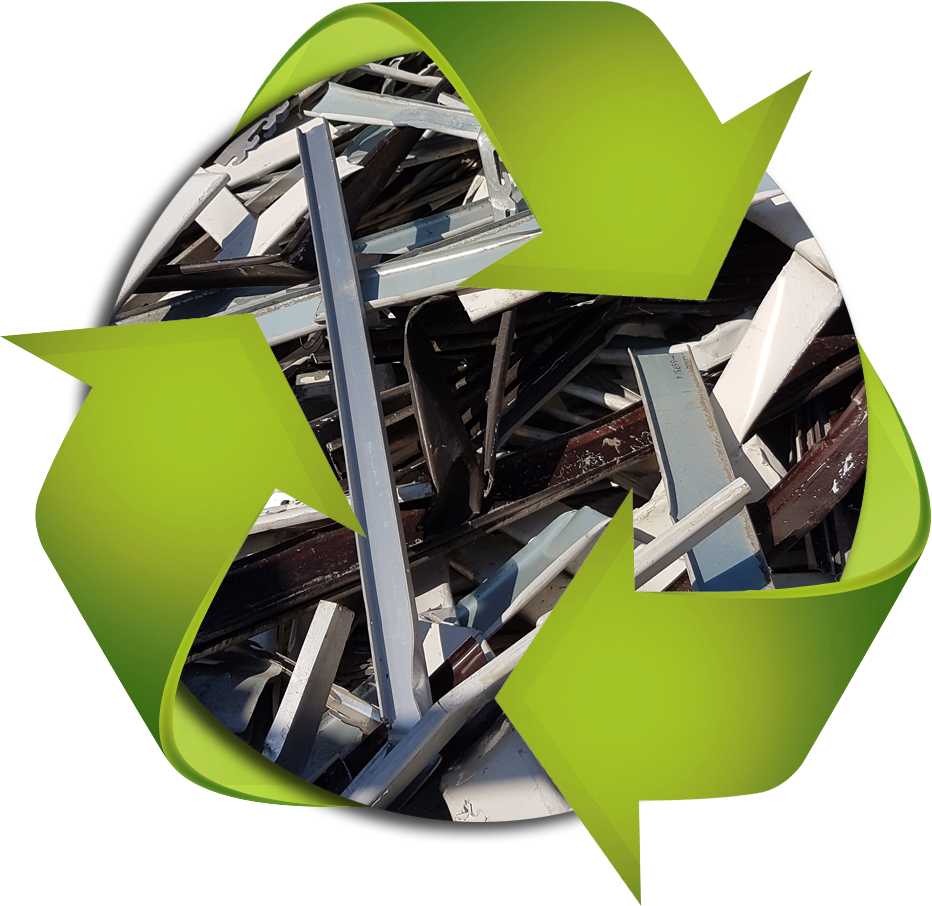
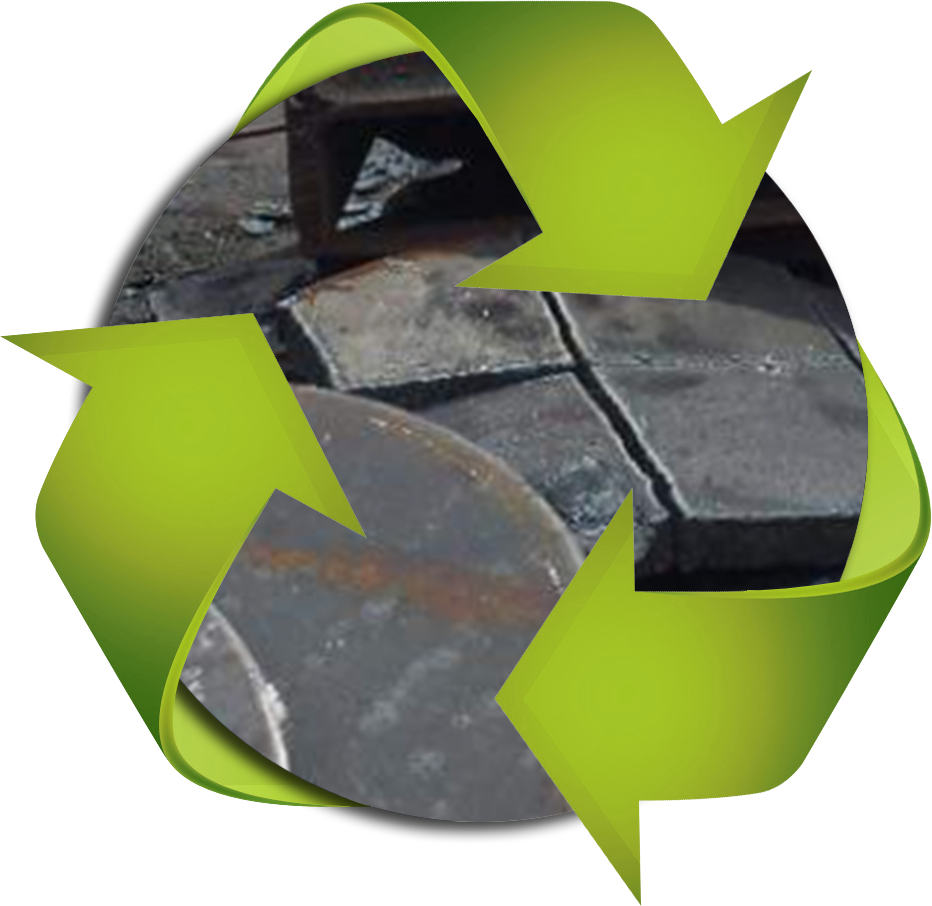
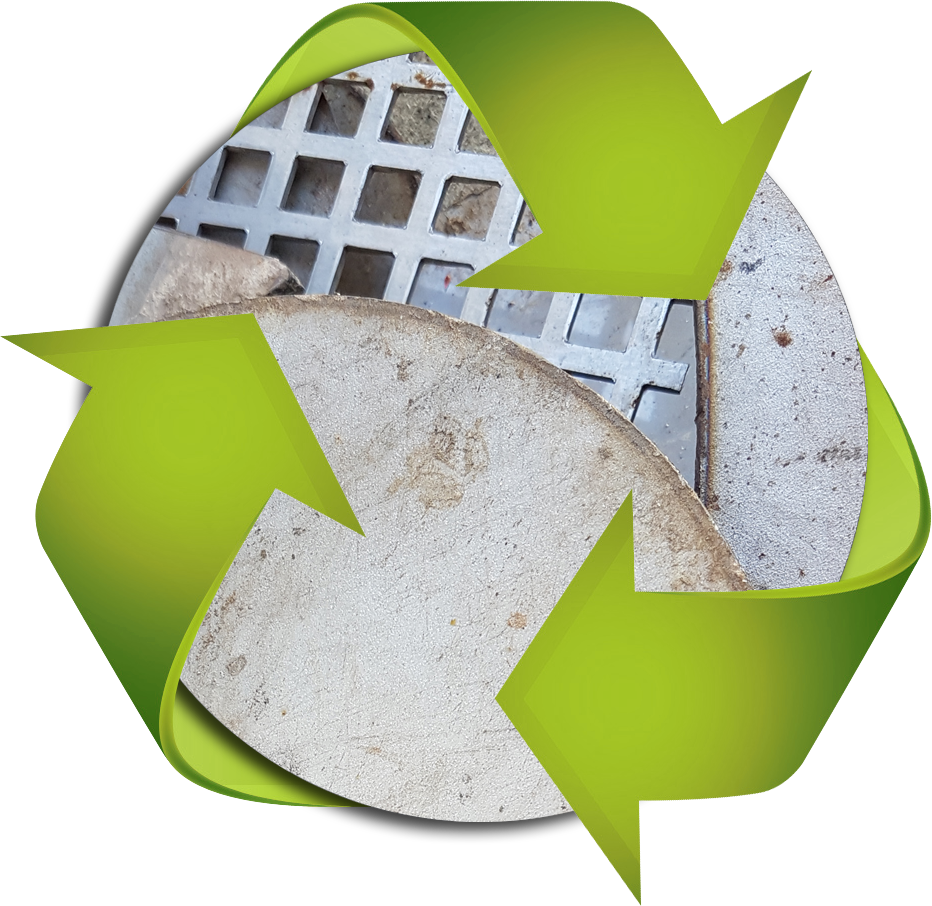
Copper
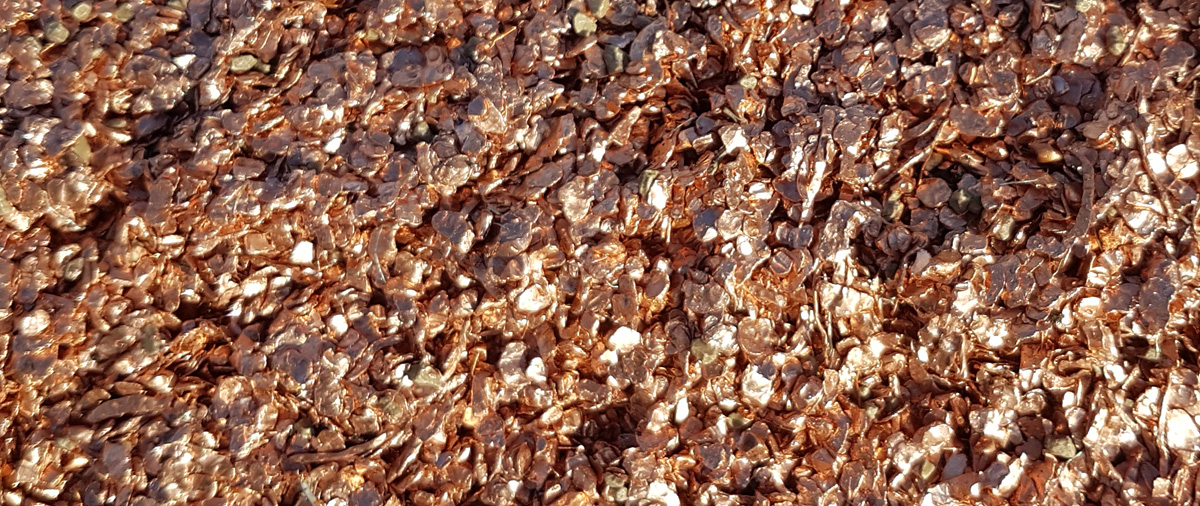 Copper is a chemical element, in the periodic table of elements its symbol is Cu, atomic (ordinal) number is 29, and its atomic mass is 63,546(3).
Copper is a chemical element, in the periodic table of elements its symbol is Cu, atomic (ordinal) number is 29, and its atomic mass is 63,546(3).It is a transition metal, element of the group 11 of the periodic table of elements. Cuprate is a name for copper in the anionic complex. Its proton number is 29. Density 8,94 g cm-3.
Elemental copper is a metal with lustrous, bright, reddish, specific color, and face-centered cubic crystal lattice. It is not polymorphic. In a pure state, copper is relatively soft, but very tough and ductile/flexible /. It is easily forged, rolled (cold and hot) and drawn into a very thin wire. It can be used for welding, and soft and hard soldering. It is corrosion resistant. In nature it is found only in small amounts as natural copper, which is a mixture of two stable isotopes, 63Cu and 65Cu. The most common copper ores are: chalcopyrite (CuFeS2), chalcocite (Cu2S) and cuprite (Cu2O). At the Earth's surface, it appears most often as blue azurite, green malachite or red rocks. When exposed to air, copper is relatively stable, and with exposure to the elements, it gets a green-white patina (malachite), which protects it from further oxidation.
In the construction industry, copper and its alloys are still used for making large covers that, due to the properties of the copper patina, are highly durable and have a distinctive look (decorative purpose). The most significant use of copper is based on its exceptional electrical conductivity, and therefore it has a wide application in electrical engineering (electronics). After silver, it is the best conductor of electricity, and that is why more than 50% of the copper production today, is being used in the cable industry.
In addition to a particularly high electrical conductivity (as solid and as a melt), its high thermal conductivity provides it with a wide application in the manufacture of heat exchangers (heaters, evaporators, water and gas pipes...).
Aluminium
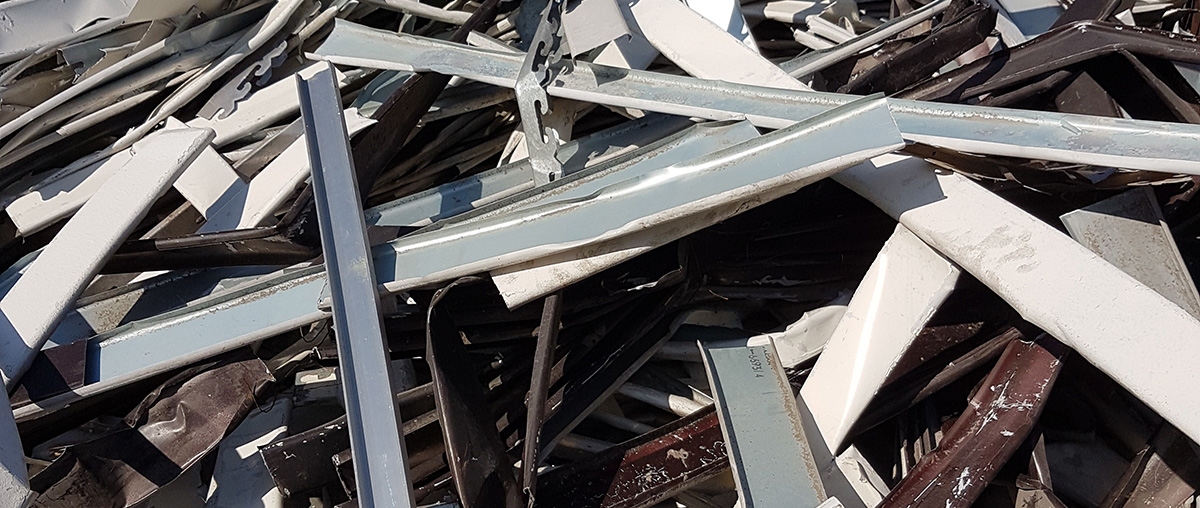 Aluminum is a chemical element with symbol Al in the periodic table of elements, its atomic (ordinal) number is 13, and its atomic mass is 26,9815386(13). Aluminate is the name for aluminum in the anionic complex. Glinik is an old Croatian name for aluminum.
Aluminum is a chemical element with symbol Al in the periodic table of elements, its atomic (ordinal) number is 13, and its atomic mass is 26,9815386(13). Aluminate is the name for aluminum in the anionic complex. Glinik is an old Croatian name for aluminum.
Basic properties
Silvery-white, lustrous metal element, that belongs to group 3 (before IIIB) of the periodic table of elements.
Aluminium is relatively soft, brittle, and durable metal, with low density, and very ductile. It is resistant to the action of atmospheric gases, certain acids and corrosion. it is a good conductor of heat and electricity. Aluminium is the third most abundant element in the Earth's crust (8,1% by weight), after oxygen and silicon. Nevertheless, it was not isolated in elemental form until 1825 (H. C. Orsted). Its melting point is 660°C, and its boiling point is 2519°C. The metal itself is very reactive, but it is protected by a thin transparent layer of oxide, which is rapidly formed when exposed to air. Aluminium and its oxide are amphoteric.
Recycling
Today, in Europe, 42% of aluminum used in cans, 85% of aluminum used in construction materials, and 95% of aluminum used in transport means is being recycled. At the end of the 20th century, the ratio of the aluminum produced from alumina and the recycled aluminum was 3 : 1.
Iron
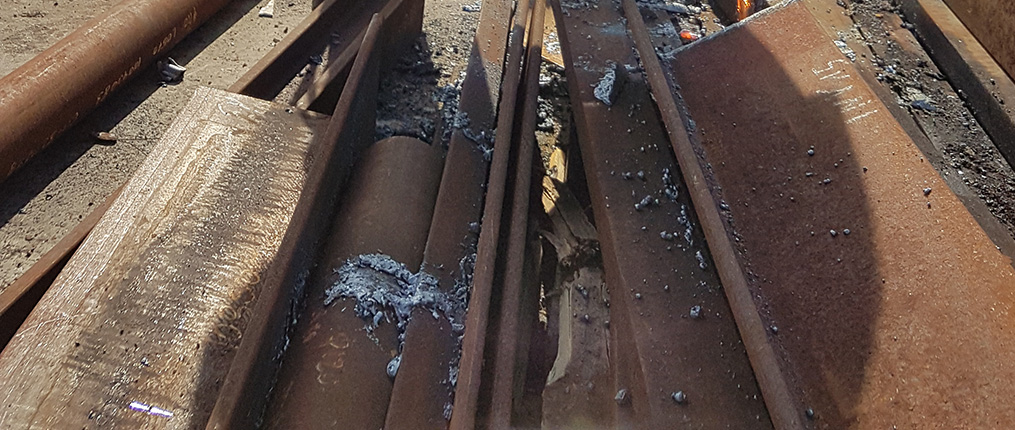 Iron is a chemical element with symbol Fe in the periodic table of elements, its atomic (ordinal) number is 26, and its atomic mass is 55,845(2). Symbol Fe comes from ferrum, the Latin name for iron. Ferrate is the name of the iron in the anion complex. Telluric iron is the name for native iron, which originated in the Earth's crust. Iron, when it is fully pure, has a silvery sheen, and it is soft. It is known since ancient times, and today it is certainly the most important technical metal which is used in many ways. It is the most important of all metals, and is mainly used as steel, which also contains carbon (up to 2,06%).
Iron is a chemical element with symbol Fe in the periodic table of elements, its atomic (ordinal) number is 26, and its atomic mass is 55,845(2). Symbol Fe comes from ferrum, the Latin name for iron. Ferrate is the name of the iron in the anion complex. Telluric iron is the name for native iron, which originated in the Earth's crust. Iron, when it is fully pure, has a silvery sheen, and it is soft. It is known since ancient times, and today it is certainly the most important technical metal which is used in many ways. It is the most important of all metals, and is mainly used as steel, which also contains carbon (up to 2,06%).Iron rusts when exposed to moist air, and dissolves in diluted acids. Iron is a transition metal of the group 8 of the periodic table of elements. In nature, the iron itself is usually found in the form of magnetite. It crystallizes in the form of black cubic crystals. It is the most common element in the Earth's crust, and by its mass it is right after aluminium. In the Earth's crust, the share of iron is about 5%, and it is considered that it is 37% in the entire Earth. The deepest interior of the Earth is mainly comprised of it. The concentration of iron in seas is very small (about 4×10-3 ppm).
Elemental iron in nature occurs as meteoric, which fell on Earth from the space, and telluric which has been present in the Earth's crust from the ancient times. The presence of iron was found in the composition of the Sun, the Moon rocks, and other celestial bodies, where it is present with about 14.3%, as evidenced by the meteorites that fell to Earth, half of which is consisted mostly out of iron. On the surface of the Earth, natural iron is only present in the elemental form (the telluric iron on the Disko island, west of Greenland).
Inox
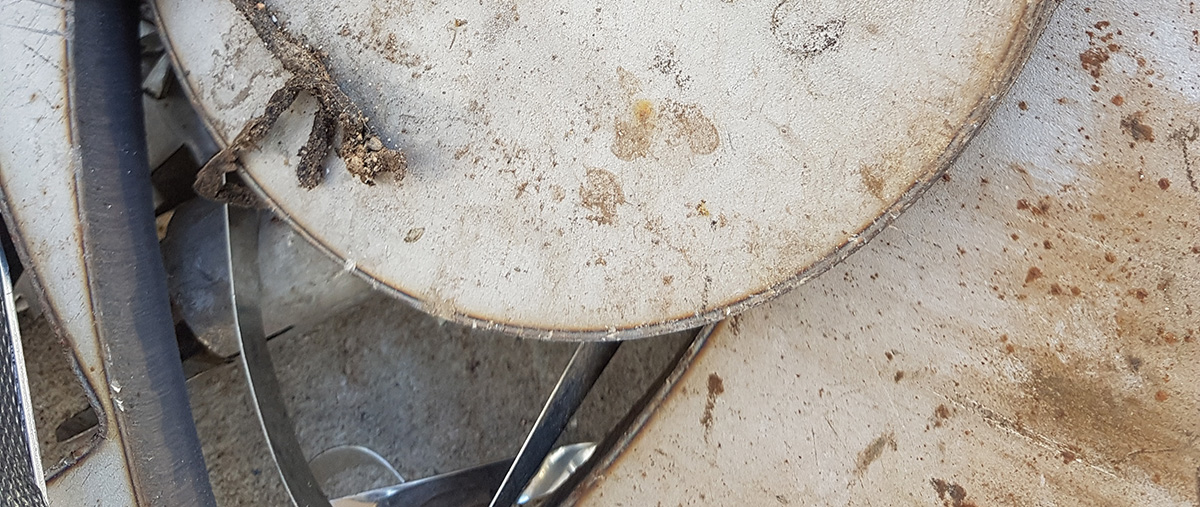 Inox is a stainless steel, and because of its chemical composition, it has a higher resistance to corrosion. Different corrosion behavior, like intercrystalline or cracking corrosion, can occur. That is why the process of chemical cleaning and passivation is being carried out on inox. Inox is a quality and healthy material for the environment. It is being used for household, in shipbuilding industry, for fences. Resistance to corrosion occurs by adding chromium to low carbon steel. Steel can also contain nickel, carbon, molybdenum and titanium.
Inox is a stainless steel, and because of its chemical composition, it has a higher resistance to corrosion. Different corrosion behavior, like intercrystalline or cracking corrosion, can occur. That is why the process of chemical cleaning and passivation is being carried out on inox. Inox is a quality and healthy material for the environment. It is being used for household, in shipbuilding industry, for fences. Resistance to corrosion occurs by adding chromium to low carbon steel. Steel can also contain nickel, carbon, molybdenum and titanium.Stainless steel or corrosion resistant steel is an alloy of iron and at least 10.5% of chromium (modern stainless steels contain up to 30% of chromium), unlike ordinary steel which oxidizes quickly when exposed to air (oxide is red), if it is not protected from corrosion in some way. In addition to alloying with at least 10.5% chromium, in order for steel to have a stable (passive) corrosion, another condition must be fulfilled, namely the existence of a homogeneous single-phase ferritic, austenitic or martensitic microstructure, in order to avoid the danger of making areas with different electric potential from the basic mass potential.
Besides chromium, the resistance to corrosion is increased with the addition of nickel. With the combination of alloying with chromium and nickel, steel types 18/8 (18% Cr and 8% Ni) have been developed, with austenitic microstructure, which are resistant to acid. Alloying with molybdenum makes passivation easier, improves corrosion resistance and resistance to pit type corrosion of the Cr-Ni steel. By alloying with strong carbides (eg. titanium, niobium), appearance of intergranular corrosion can be avoided. Generally, the group of corrosion resisting steels must contain: [1] ferritic: chromium, silicon, aluminum, molybdenum, niobium, titanium, vanadium; austenitic: nickel, manganese, copper, (cobalt), nitrogen.



